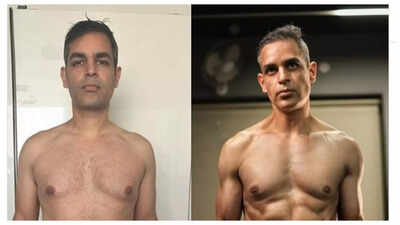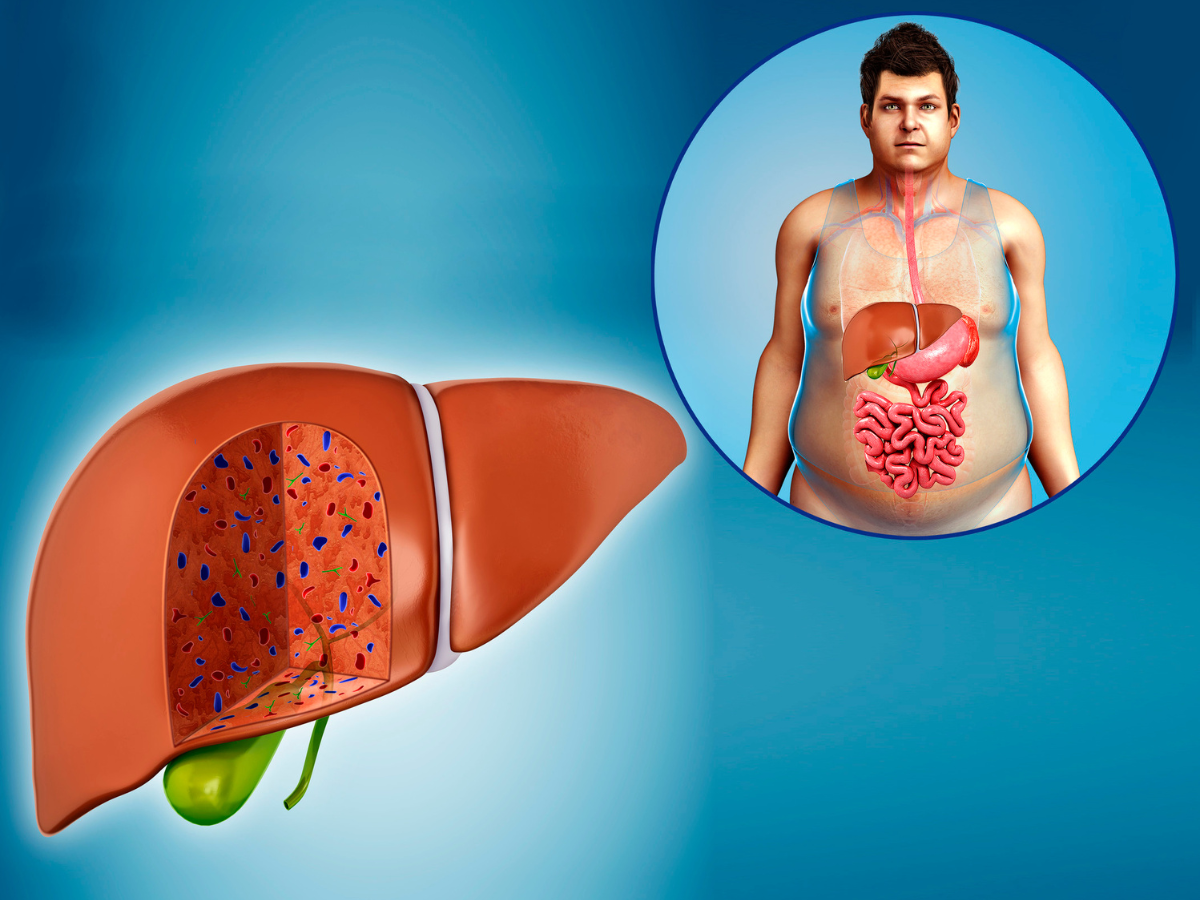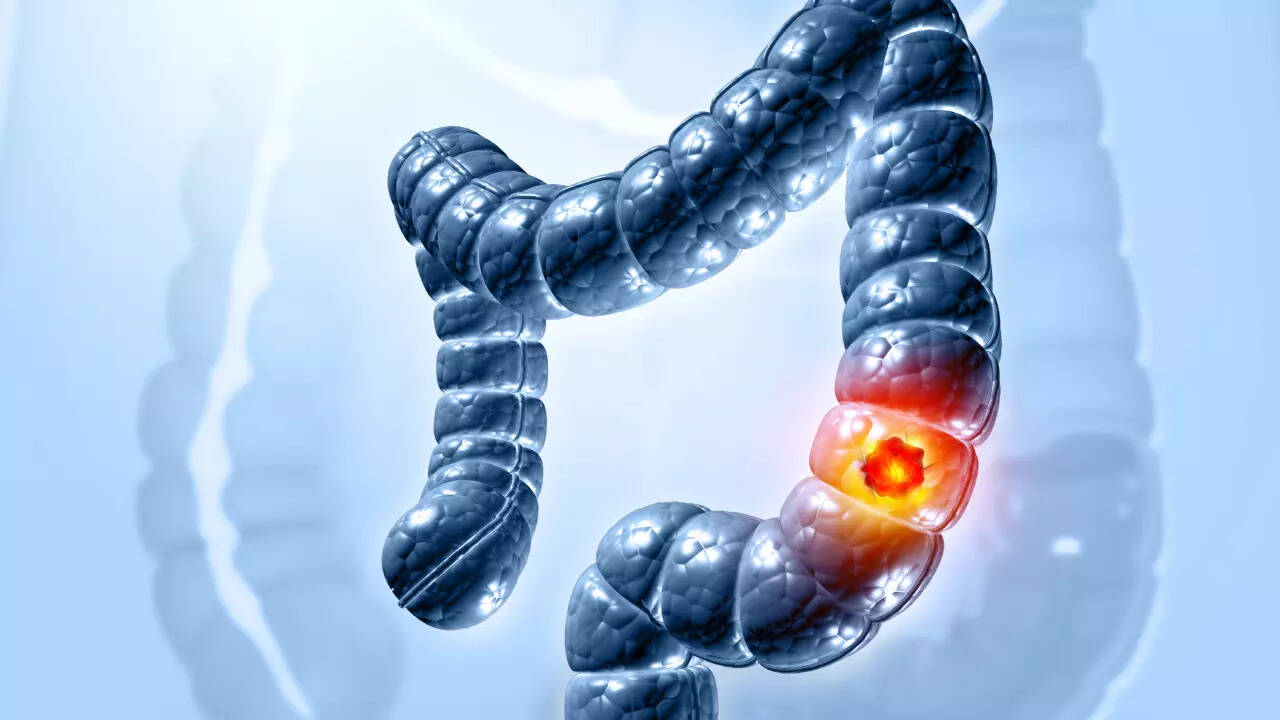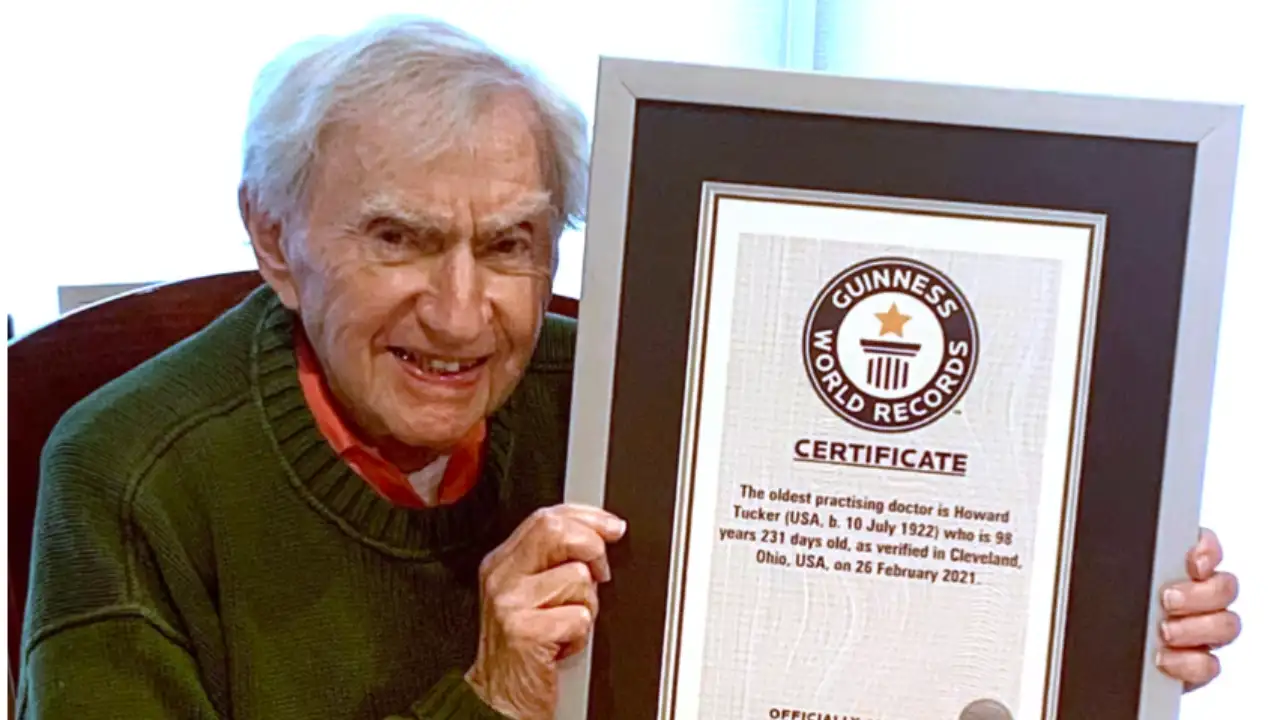
Entrepreneur and content creator Ankur Warikoo recently took to his IG handle to share his personal health success story. Ankur, who is known for his engaging content on wealth, success and failure, money and investing, self-awareness and personal relationships revealed that in 2012, he was diagnosed with a serious medical condition, called Avascular Necrosis and the doctor had told him to "stop walking" altogether.
Ankur revealed that not only did he run a marathon after that, he also managed to cut out all his body fat, and is now "fat free" at 44! Sharing two before and after images, Ankur wrote, “Stop walking!”The doctor wrote it on the prescription. Underlined.Twice.Feb 2012.I was diagnosed with Avascular Necrosis.My hip bone was decaying.I lay in the 10% with no cause.I went through surgery.3 months of bed rest.5 months on crutches.I recovered, but…Life told me to stop walking.How could I tell life this chapter is over and I’ve won?In a moment of craziness, I decided I’ll run a marathon!After 10 months of preparation, I did it.I thought I would feel great about it.But I felt the opposite.I felt I had cheated.
Because up until that day, the maximum I had ever run was 14 kms.I could have showed up any day and finished the 21 kms without preparation.What could I do for which I had to show up every day?In another moment of craziness, I found myself saying 6-pack abs!At 33, with 26% body fat, I had to change everything to reach < 10% body fat.
And I did — diet, sleep schedule, fitness routine.10 years later (2024), I decided to go through the journey again and get the 6-pack abs.Today, I’m 44 and fat-free.I know this routine and mindset will stay with me for life.Grateful for this ‘second’ life 👊

What is Avascular Necrosis?
Avascular necrosis (AVN), also known as osteonecrosis (not to be confused with osteoporosis) or bone infarction, is a serious medical condition where bone tissue dies because it does not get enough blood supply.
Without blood, the bone cells lose oxygen and nutrients, causing the bone to weaken and eventually collapse. This condition most often affects the ends of long bones, especially the hip (femur), but it can also affect the shoulder, knee, ankle, and other joints.
How does it affect people
At first, avascular necrosis may not cause any symptoms. Many people do not feel pain in the early stages because the bone damage is still at a nascent stage. However, as the condition progresses and the bone starts to collapse, symptoms become more obvious and painful.
What are the symptoms
Joint Pain: The most common sign is pain in the affected joint. For example, if the hip is affected, pain may be felt in the groin, thigh, or buttock. Initially, the pain may occur only when putting weight on the joint, such as walking or standing. Over time, the pain can become constant and severe, even when resting or lying down.Limited Movement: As the bone and joint surface collapse, stiffness and reduced range of motion develop.
This can make it difficult to move the joint freely.Limping or Difficulty Bearing Weight: When the hip or knee is affected, people may limp or find it hard to put weight on the leg.
What Causes Avascular Necrosis
Avascular necrosis happens when blood flow to a bone is interrupted or reduced. Blood vessels carry oxygen and nutrients essential for bone health. When these vessels are damaged or blocked, bone tissue starts to die.
Common Causes Include:
Injury or Trauma: A fracture or dislocation near a joint can damage blood vessels, cutting off blood supply to the bone.
For example, a broken hip or a dislocated shoulder can lead to AVN.Excessive Alcohol Use: Drinking too much alcohol can cause fatty deposits in blood vessels, which block blood flow to bones.Use of Certain Medications: High doses of steroids (corticosteroids) are linked to AVN. These drugs can affect blood flow and bone health.Medical Conditions: Diseases like sickle cell anemia, Gaucher’s disease, or blood clotting disorders can reduce blood flow to bones.

Unknown Causes: Sometimes AVN develops without a clear reason, possibly due to a combination of genetic factors and lifestyle.
Which bones are most affected
The most common site for avascular necrosis is the femoral head, the ball-shaped top of the thigh bone that fits into the hip socket. Because the hip bears much of the body’s weight, AVN here can cause significant pain and disability.Other bones that can be affected include:The humerus (upper arm bone) near the shoulder.The knee joint.The ankle bones.The jaw bone (rarely).In some cases, AVN affects both sides of the body, such as both hips or both knees.
Who is at risk
Avascular necrosis most commonly affects adults between 30 and 50 years old. Men are more frequently affected than women. People with a history of bone injury, heavy alcohol use, or long-term steroid use are at higher risk.

 2 days ago
58
2 days ago
58




























 English (US)
English (US)